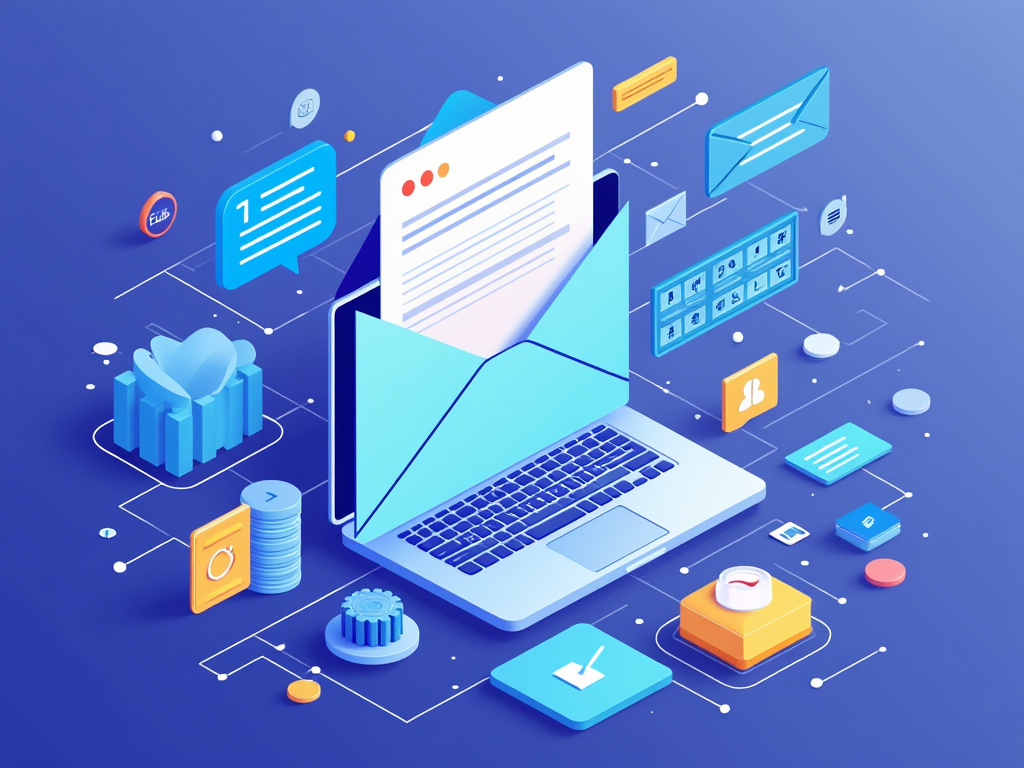Email Marketing: A Step-by-Step Strategy Guide for Marketers

As an e-store owner, mastering the art of email marketing can significantly elevate your business. With the right strategy, you can build a loyal customer base, foster engagement, and ultimately drive sales. Here’s a comprehensive guide to crafting an effective email marketing strategy tailored specifically for your online store.
Understand Your Audience
The first step in any marketing strategy is to know your audience inside out. What are their interests? What problems do they seek to solve? How do they prefer to interact with brands? Collecting data and insights about your customers can be done through various means:
- Surveys: Send out brief, engaging surveys to gain insights.
- Purchase History: Analyze what products your customers buy and how often.
- Website Behavior: Use analytics tools to track what products are viewed and abandoned.
This deep understanding will guide all your future email marketing efforts, ensuring that you deliver messages that resonate with your audience.
Build a Quality Email List
A robust email list is the backbone of any email marketing strategy. Focus on building this list organically rather than buying one that might not be relevant to your audience. Here are some effective tactics:
- Sign-Up Forms: Ensure you have prominent sign-up forms on your website. Offering an incentive, like a discount or free shipping, can significantly increase subscription rates.
- Content Upgrades: Create valuable content like e-books or exclusive guides that require an email address to access.
- Social Media Promotion: Leverage your social media channels to encourage followers to join your email list.
Remember, quality trumps quantity. Aim for engaged subscribers who are genuinely interested in what you have to offer.
Craft Compelling Email Content
Once you’ve gathered your email list, it’s time to focus on content. The goal is to create value for your readers, whether it’s informative, promotional, or entertaining.
- Engaging Subject Lines: Your subject line is the first impression; make it catchy and relevant so that subscribers feel compelled to open your email.
- Personalization: Use customer names and tailor content based on previous interactions or preferences. This makes your emails feel welcoming and catered to the individual.
- Visual Appeal: Invest in high-quality images and design to create an aesthetically pleasing layout that keeps readers engaged.
Content is not just about what you sell; it’s also about storytelling. Share the story behind your products, your brand’s mission, or customer success stories to foster an emotional connection.
Segment Your Audience
Segmentation allows you to send targeted messages based on customer behavior, preferences, or demographics. Tailored emails can significantly improve engagement rates.
- Demographic Segmentation: Break your list into segments based on age, gender, or location.
- Behavioral Segmentation: Target customers based on their past purchases, engagement with previous emails, or site activity.
- Lifecycle Segmentation: Classify subscribers based on where they are in the customer journey, such as new subscribers or loyal customers.
This approach can help ensure that you send the right message at the right time, increasing the chances of conversion.
Automate for Efficiency
In a fast-paced e-commerce environment, automation can save you significant time while ensuring that your emails reach the right audience at the right moment. Utilizing a tool like Incomaker for your email marketing automation can enhance your strategy.
With Incomaker, you can automate:
- Welcome Emails: Send automated welcome messages to new subscribers, creating a positive first impression.
- Abandoned Cart Reminders: Encourage customers who have left items in their cart to return and complete their purchase.
- Targeted Follow-Ups: Engage with customers after a purchase to follow up on their satisfaction and recommend complementary products.
Email automation not only streamlines your workflow but also allows for highly targeted, timely communication with your audience.
Analyze and Optimize Campaigns
The work doesn’t stop once you hit send. To refine your strategy, you must regularly analyze the performance of your campaigns. Key metrics to track include:
- Open Rates: Determine how well your subject lines perform.
- Click-Through Rates (CTR): Assess how engaging your content is, based on the number of clicks on links within your email.
- Conversion Rates: Evaluate the effectiveness of your emails in driving purchases or desired actions.
Regularly testing different elements—like subject lines, sending times, and content formats—through A/B testing can uncover insights that propel your email marketing strategy to the next level.
Create a Consistent Schedule
Establishing a regular email sending schedule can help keep your audience engaged without overwhelming them. Whether it’s weekly newsletters, monthly product highlights, or seasonal promotions, consistency builds expectations.
Be mindful of the balance between staying present in your customers’ minds and avoiding the fine line of becoming intrusive. A well-planned and spaced-out schedule can keep subscribers eagerly anticipating your next email.
As you implement these strategies, you’ll not just send emails but create meaningful interactions with your customers. Email marketing, when done right, transforms your relationship with subscribers, turning one-time buyers into loyal patrons. Embrace this journey with creativity and watch your e-store thrive.



